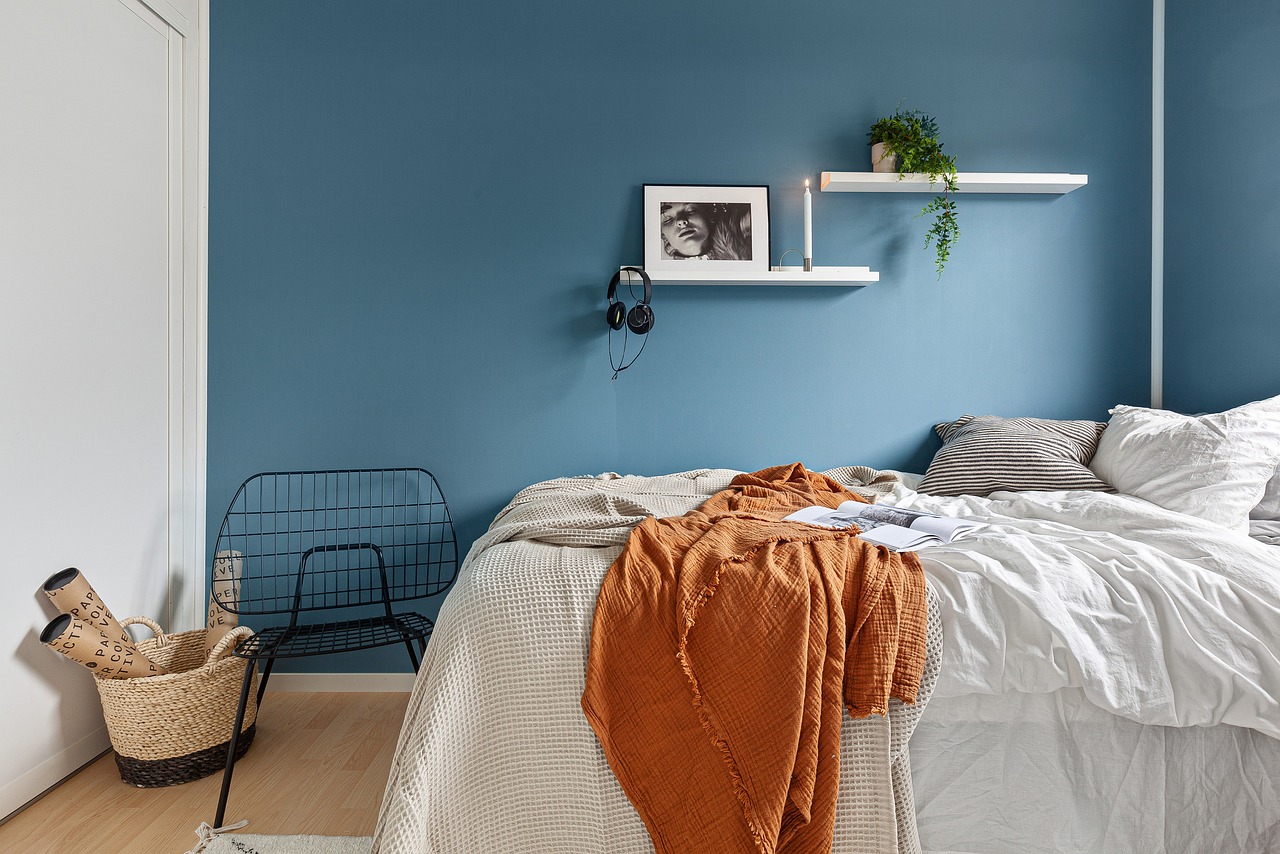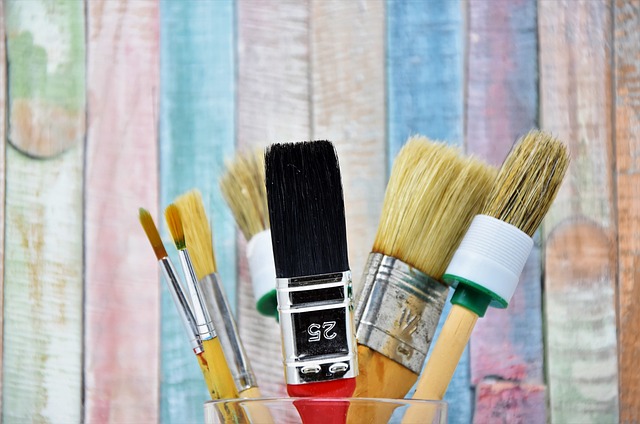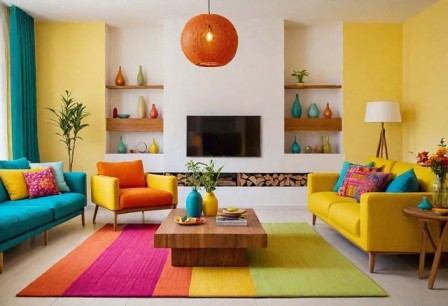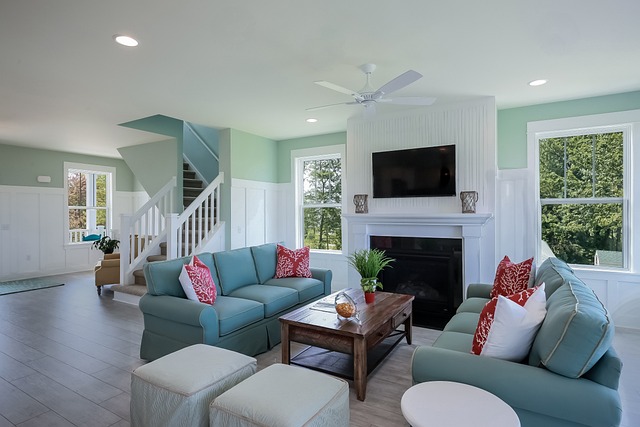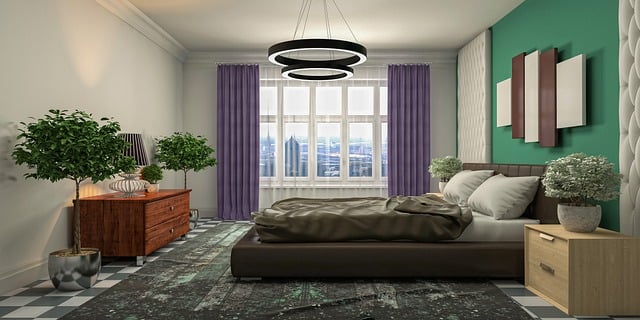Creating a visually appealing and harmonious home decor requires a good understanding of color combinations.
The right color choices can elevate your space, enhance mood, and reflect your personal style.
However, mixing and matching colors can be intimidating, especially when you are trying to achieve a balanced and cohesive look.
This comprehensive guide will walk you through everything you need to know on how to mix and match colors in home decor for a cohesive look
Comprehending Color Theory
To effectively mix and match colors, you must first understand the basics of color theory.
The color wheel is a valuable tool that helps you determine which colors complement each other and how you can create a balanced scheme with them.
1. The Color Wheel
The color wheel consists of three main categories, which are as follows:
1. Primary Colors
The primary colors consist of red, blue, and yellow (these colors cannot be created by mixing other colors).
2. Secondary Colors
The secondary colors consist of green, orange, and purple (these colors are formed by mixing two primary colors).
3. Tertiary Colors
These colors are created by mixing a primary color with a secondary color (e.g., red-orange, yellow-green).
2. Color Harmonies
Color harmonies help you in creating appealing color combinations.
The most common harmonies include the following:
1. Complementary Colors
These are colors opposite each other on the color wheel (e.g., blue and orange, red and green). These colors provide a high-contrast look.
2. Analogous Colors
These are colors that sit next to each other on the wheel (e.g., blue, blue-green, and green). This creates a more subtle and serene effect.
3. Monochromatic Colors
Monochromatic colors are different shades, tints, and tones of the same color (e.g., light blue, medium blue, and navy blue).
This results in a cohesive and sophisticated appearance.
4. Triadic Colors
This is a situation where three colors are evenly spaced around the color wheel (e.g., red, yellow, and blue). This scheme is vibrant and lively.
5. Tetradic Colors
This is where four colors form a rectangle on the color wheel, such as two complementary pairs. This allows for more variety while maintaining balance.
How To Choose a Dominant Color To Match Your Home Decor
The dominant color is the foundation of your decor and should align with the overall ambiance you want to create.
Consider these factors when choosing your base color.
1. Your Room Size
Light colors will make your space feel larger, while dark colors create a cozy and intimate feel.
2. Natural Light
Bright and airy colors can enhance your natural light, whereas darker shades can absorb light and add warmth to your space.
3. Mood and Function
Soft blues and greens promote relaxation (great for bedrooms), while reds and yellows bring energy (ideal for kitchens and your dining areas).
Once you have selected your dominant color, use it as the primary hue for walls, large furniture pieces, or your major decor elements.
How To Add Accent Colors To Your Home Decor
Accent colors enhance your dominant color and bring variety to your space.
The key is to balance them strategically, and here’s how to achieve that.
1. Use The 60-30-10 Rule
A tried-and-true method for color balance in interior design is the 60-30-10 rule.
- Use 60% Dominant Color: The main color used for walls, large furniture, or area rugs.
- Use 30% Secondary Color: A complementary or analogous color used for upholstery, curtains, and smaller furniture.
- Then use 10% Accent Color: A bold or contrasting color used for accessories, artwork, and decorative pieces.
2. How to Play with Neutrals
Neutral tones, such as white, beige, gray, and black, help you to balance your bold colors.
If you’re hesitant about adding too much color, then consider using neutrals as your base and incorporating colorful accents through pillows, vases, and artwork.
3. How To Layer Textures and Patterns
Mixing different textures and patterns adds depth to your space and enhances the color palette.
Here are some ways to achieve it.
- Using textured fabrics like velvet, linen, or leather.
- Incorporating patterns such as stripes, florals, and geometrics that share a common color theme.
- Adding contrast through materials like wood, metal, or glass.
How To Apply Colors to Different Spaces
Each room serves a different purpose, so the way you mix and match your colors should align with the function of the space.
1. For Your Living Room
- Opt for warm and inviting colors like earth tones, muted blues, and soft greens.
- Use a neutral base with pops of vibrant colors in your throw pillows, artwork, and your decorative accents.
- Experiment the colors with patterns and textures to add personality.
2. For Your Bedroom
- Stick to soothing colors like soft blues, lavenders, or pastel shades for a relaxing atmosphere.
- Then incorporate darker shades through your bedding or accent walls for a cozy feel.
- Remember to keep your patterns subtle and textures soft for a serene environment.
3. For Your Kitchen and Dining Room
- Use bright and energetic colors such as yellows, oranges, and reds to stimulate appetite and conversation.
- Then incorporate neutral cabinets with colorful backsplashes or kitchen accessories to create a balanced look.
- Also remember to consider metallic finishes to add sophistication.
4. For Your Bathroom
- Use spa-like colors such as whites, soft greens, and light blues.
- Keep it simple with minimal patterns and natural textures like stone and wood.
- Then add warmth with towels and accessories in accent colors.
5. For Your Home Office
- Choose colors that promote productivity, such as shades of green, blue, or soft yellows.
- Keep a neutral backdrop and add pops of color through your wall art and stationery.
- Remember to avoid overly bright colors that can be distracting.
Some Common Mistakes to Avoid When You Want To Mix and Match Colors in Home Decor
Even with the best intentions, color mismatching can happen.
Here is how you can effectively avoid these common mistakes.
- Using Too Many Bold Colors: Stick to a well-balanced palette to avoid overwhelming your space.
- Ignoring Lighting Effects: Test your colors under different lighting conditions before making a final decision.
- Neglecting the Flow Between Rooms: Ensure colors transition smoothly from one room to another for a cohesive look.
- Matching Too Perfectly: Overly coordinated decor can look unnatural; mix colors and textures for a more lived-in feel.
- Forgetting About Undertones: Warm and cool undertones can make or break a color combination, so test samples against other elements in the room.
Conclusion
Knowing how to mix and match colors in home decor is an art and a science.
By understanding color theory, applying practical design principles, and incorporating your personal style, you can create a beautifully cohesive space.
Whether you’re redecorating a single room or revamping your entire home, thoughtful color selection will ensure you have a harmonious and inviting environment.
Would you like to explore specific color combinations for your home decor?
Let us know your preferences, and we can help tailor the perfect palette for your space!















